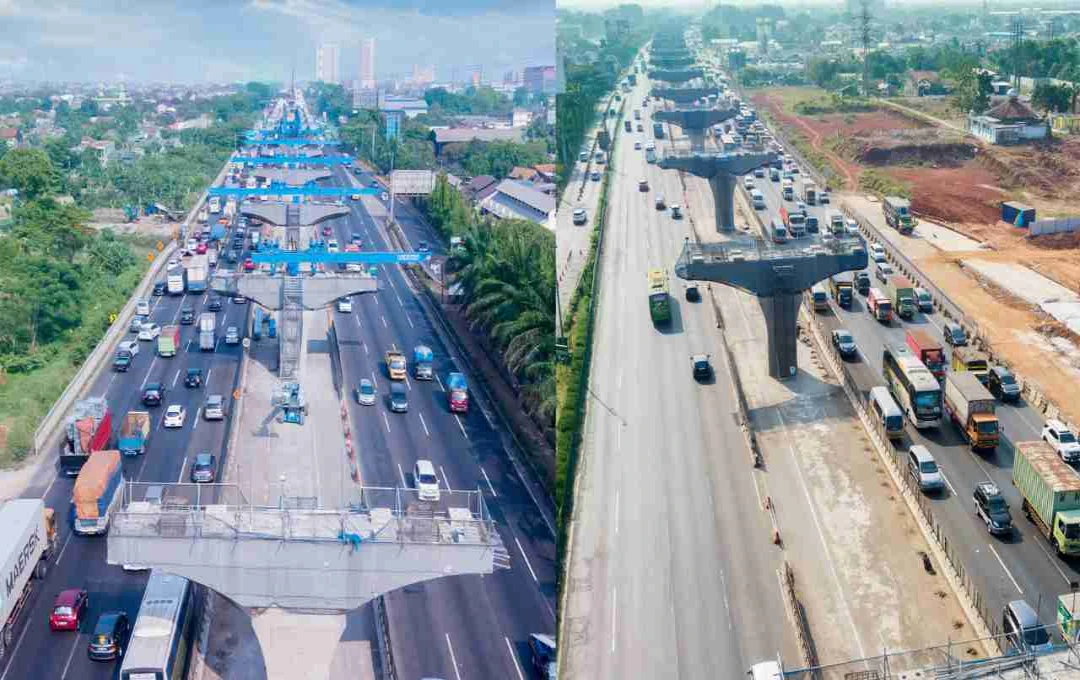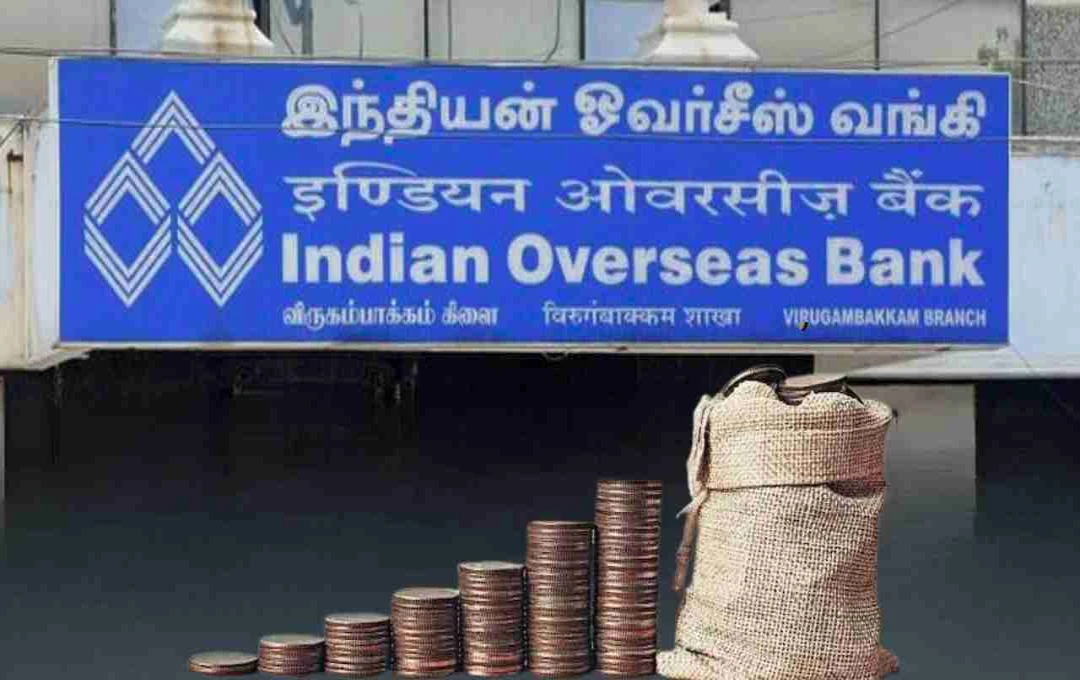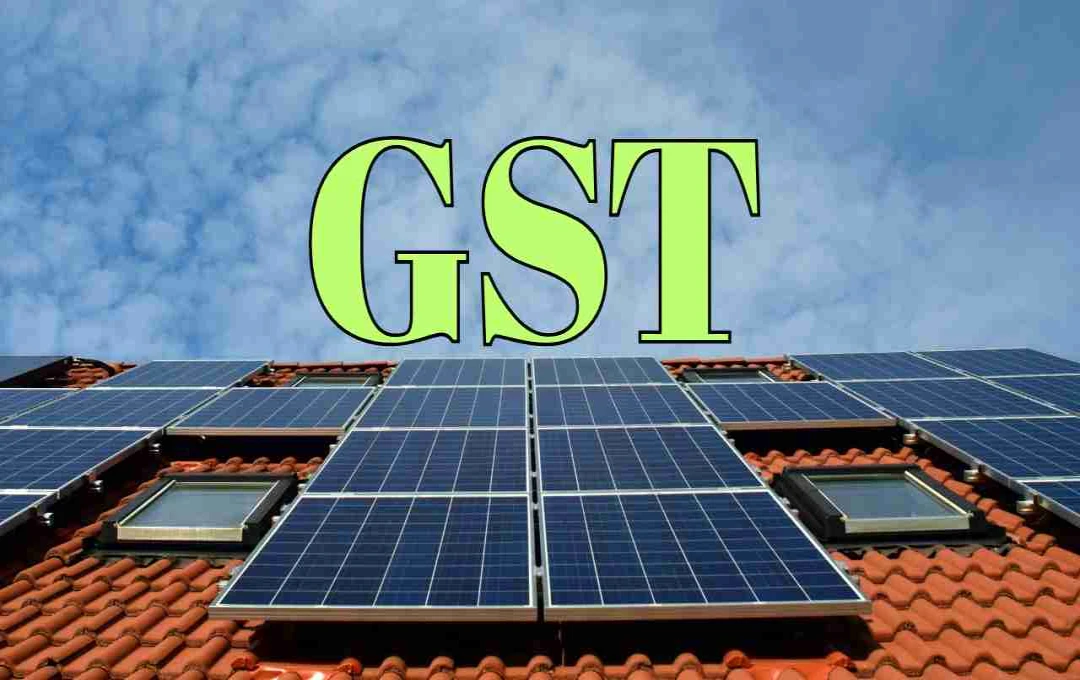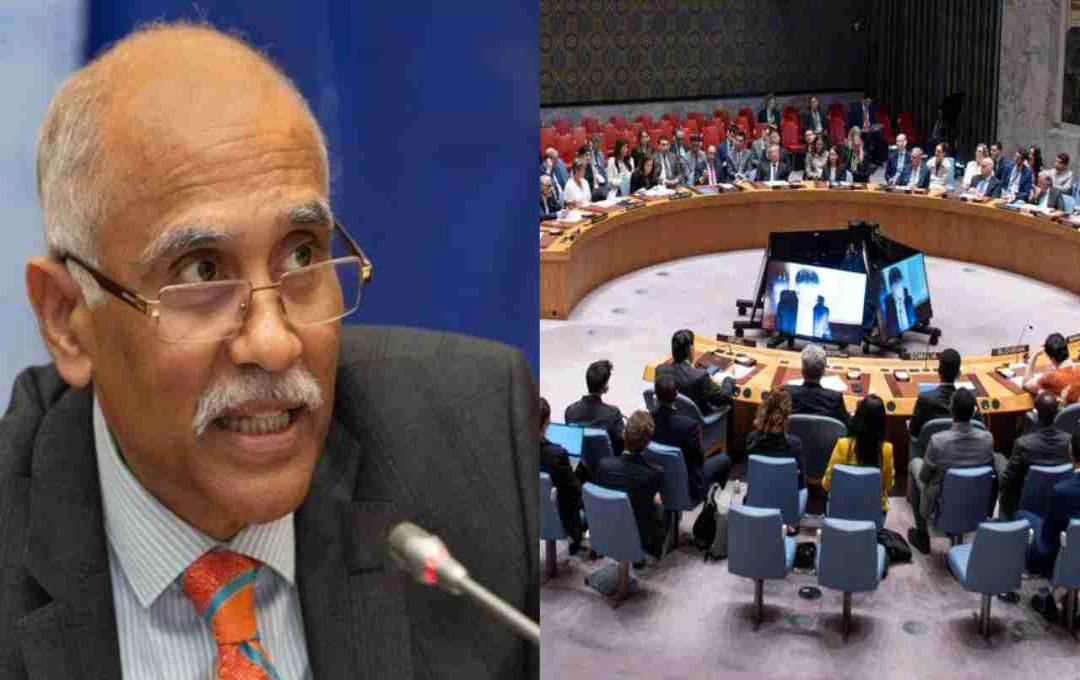The Indian government will spend Rs 11 lakh crore to expand its high-speed road network fivefold in the next decade. Under this, 17,000 km of roads will be built, enabling travel at a speed of 120 km/hr. 40% of the projects are already under construction, and the rest are expected to be completed by 2033.
High speed road network: India has formulated a mega plan of approximately Rs 11 lakh crore to boost its high-speed road network, under which 17,000 kilometers of roads will be ready by 2033. This project aims to reduce logistics costs and ensure faster and safer connectivity. About 40% of the network is already being built, and work on the remaining corridors will commence by 2028. The government is seeking to attract private investment through Hybrid Annuity and BOT models, while several global companies, including Adani, are planning to invest in it.
40 percent work already underway
Approximately 40 percent of this mega project is already under construction. It is estimated that a major portion of it will be completed by 2030, while work on the remaining corridors is expected to begin in 2028 and conclude by 2033. The government plans to complete this network in a phased manner to maintain a balance between investment and construction pace.
India's endeavor is also considered significant globally. China has built over 1.80 lakh kilometers of expressways since the 1990s, while the US has more than 75,000 kilometers of interstate highways. Although India's plan may be smaller compared to these countries, its strengths lie in its fast timeline and innovative investment mobilization model.
New model for investment

The government is adopting various models to promote the participation of private companies in this project. Projects with an expected return of 15 percent or more will be auctioned under the Build-Operate-Transfer (BOT) model. Under this, companies will be able to recover their costs by building the roads and collecting tolls. For projects with lower expected returns, the Hybrid Annuity Model will be adopted. In this model, the government provides 40 percent of the construction cost upfront, and the remaining payment is made over a fixed period.
Participation of private companies
While private investor interest in the road sector has diminished in recent years, the government is hopeful that this new plan will re-attract private companies. Most of the projects currently under construction are being executed under the Hybrid Annuity Model. The government aims for more bids to be placed under the BOT model for upcoming projects.
The responsibility for upgrading the country's National Highway network rests with the National Highways Authority of India (NHAI). In the last financial year, NHAI spent a record Rs 2.5 trillion on construction, which is 21 percent more than the previous year. Now, the government has announced an increase in expenditure on roads and highways to Rs 2.9 trillion for the next financial year.
Large investors to be involved

Several large investor companies are showing interest in this project. Brookfield Asset Management, Blackstone, Macquarie Group, and Canada Pension Plan Investment Board have expressed their commitment to invest. Additionally, the Adani Group has plans to invest $18.4 billion in infrastructure, including roads. Experts believe that due to policy support and the large scale of projects, significant foreign investment may flow into India's infrastructure sector in the next three years.
Logistics sector to benefit
The development of the high-speed road network will directly benefit India's logistics sector. Faster and safer connectivity will reduce freight transit times and fuel consumption. This will provide relief to industries and trade, and strengthen the country's economy.














